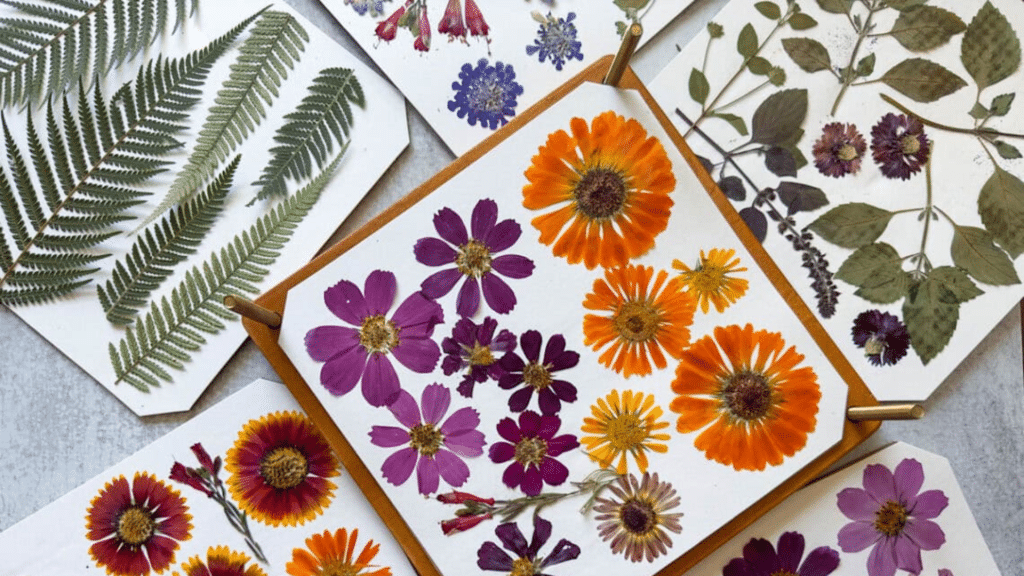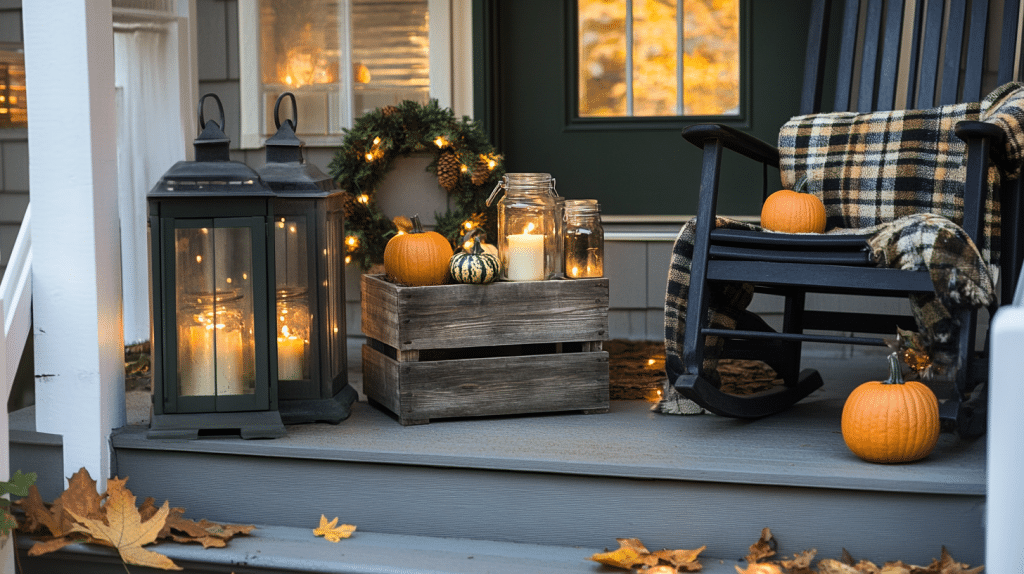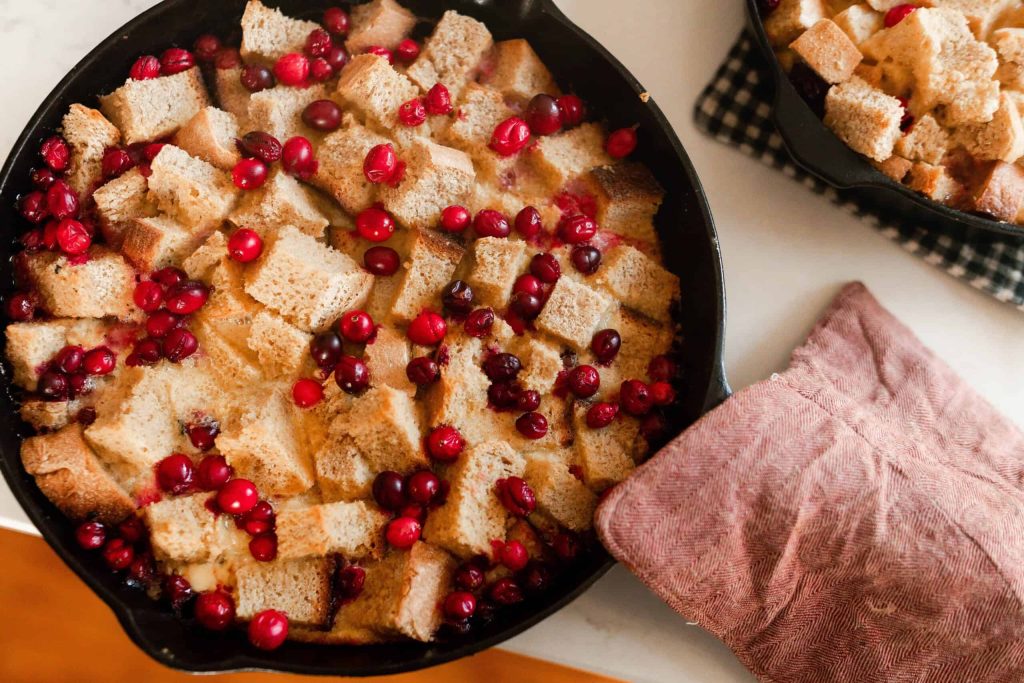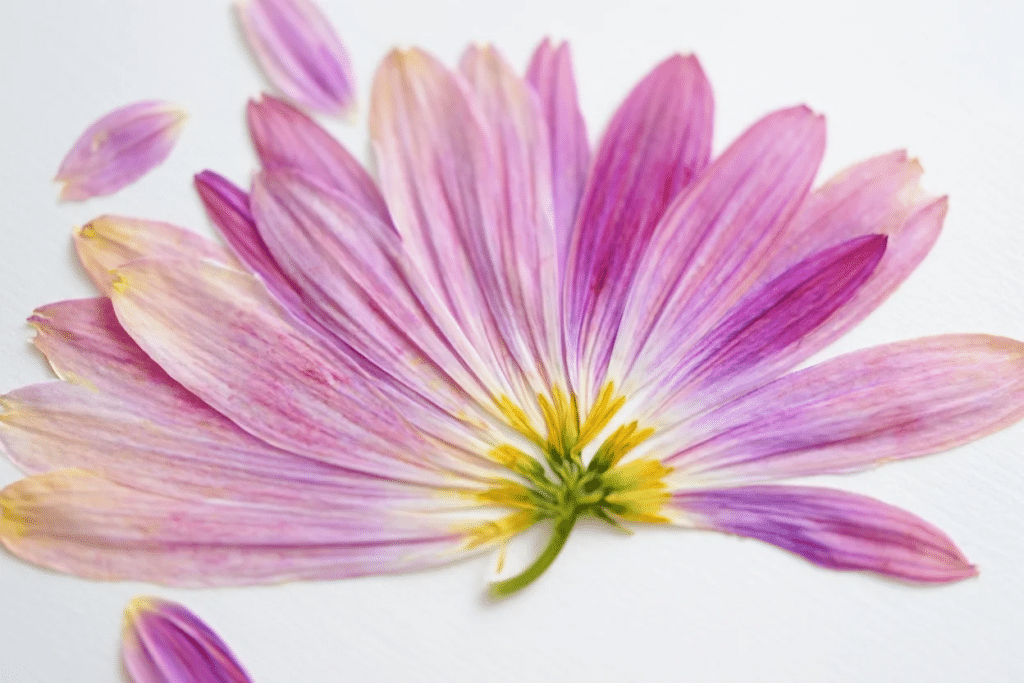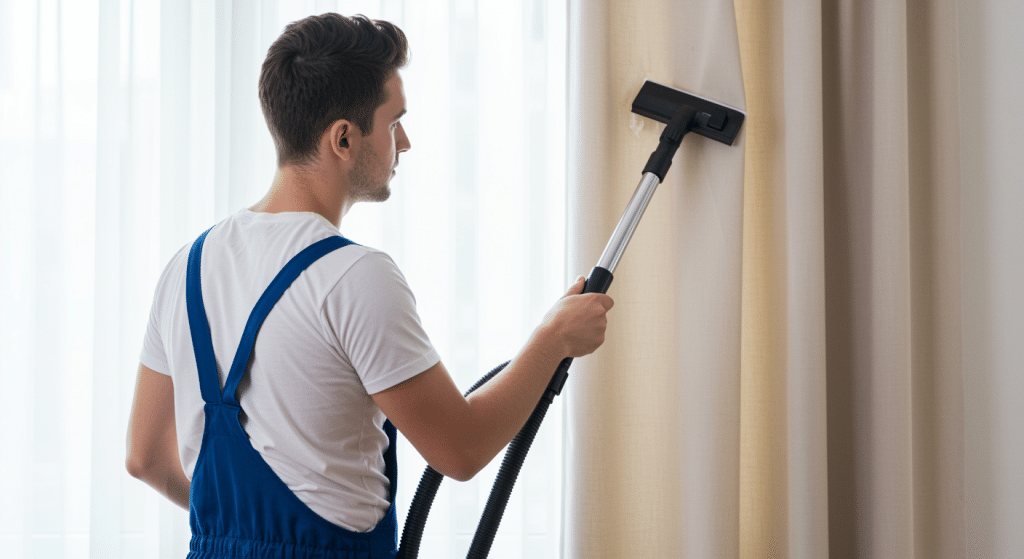I love pressing flowers, but waiting weeks for them to dry? That drives me crazy! You probably feel the same frustration when you want to preserve those beautiful blooms quickly.
I promise there are faster ways to get perfectly pressed flowers without the continuous wait. You can speed up the process using simple methods right from your home.
In this blog, I’ll show you proven home methods that work amazingly well.
And if you’re especially interested in pounding, you’ll learn about flower pounding and other quick techniques.
Choosing Your Flowers Wisely
I always start with the easy wins! Pansies, violets, daisies, and cosmos are perfect for quick pressing. These beauties have thin, flat petals that give up their moisture without a fight.
Don’t give up on roses and hydrangeas just yet! Slice thick blooms before pressing them.
Harvest mid-morning after the dew evaporates. This gives you flowers with optimal moisture levels, but not stressed from afternoon heat either.
Some flowers just won’t cooperate no matter what tricks you use, and knowing which ones to avoid will save you tons of frustration and wasted effort.
Home Methods to Speed Up Pressing
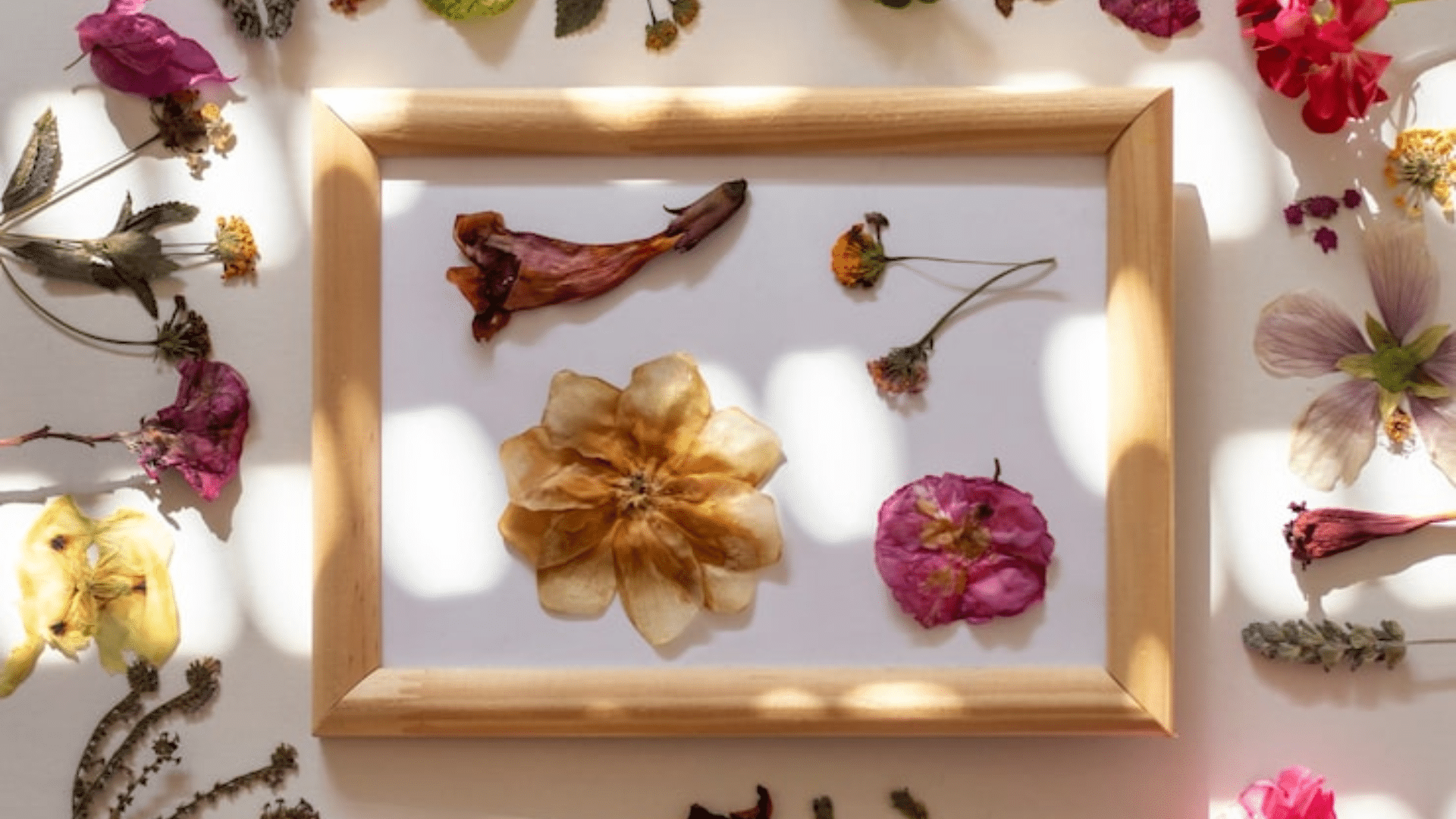
I’ve tested countless methods over the years, and these techniques actually work.
Some will surprise you with how simple they are. You might also enjoy learning how to make your flower pounding prints last longer on fabric by using mordants.
1. Microwave Pressing
This method uses short microwave bursts to remove moisture quickly while preserving color. It’s one of the fastest options and works well for delicate, flat-petaled flowers.
- Pros: Very quick, retains bright colors
- Cons: Risk of overheating or burning
- Speed: A few minutes
2. Iron Pressing
A warm iron without steam quickly dries the fabric in a few minutes. It gives flat, well-preserved flowers but requires careful monitoring to avoid scorching.
- Pros: Fast, produces smooth flowers
- Cons: Needs constant attention
- Speed: 5–15 minutes
3. Microwave and Tile/Plate Method
Flowers are pressed between absorbent paper and two ceramic tiles or plates before microwaving. The setup spreads heat evenly, producing flat flowers with less risk of curling.
- Pros: Even heat, neat results
- Cons: Requires ceramic materials
- Speed: 2–5 minutes
4. Hybrid Method
Start flowers in the microwave for quick drying, then transfer to a heavy book for finishing. This method balances speed with the smoother finish of slow pressing.
- Pros: Combines speed and quality
- Cons: Extra steps involved
- Speed: Hours to days
5. Tortilla Press or Heavy Kitchen Tool
Using a tortilla press or a flat, heavy tool helps compress flowers quickly. Works best with lightweight blooms when paired with absorbent paper.
- Pros: Simple household method
- Cons: Limited to flat flowers
- Speed: Minutes to hours
6. Wooden Flower Press (Tightened Screws)
This traditional press applies steady pressure. By tightening screws regularly, drying time is shorter than books, though still slower compared to heat-based methods.
- Pros: Consistent pressure, neat finish
- Cons: Slower than heat methods
- Speed: Days to weeks
7. Book and Extra Weight
Placing flowers between absorbent sheets inside heavy books works better when extra weights are stacked on top. This speeds pressing and keeps flowers flatter.
- Pros: Easy, no tools needed
- Cons: Longer wait times
- Speed: 1–3 weeks
8. Silica Gel Drying (for thicker blooms)
Although not a pressing method, silica gel helps dry thick flowers quickly. They can then be pressed more easily without browning or molding.
- Pros: Great for thick flowers
- Cons: Needs silica gel
- Speed: 2–7 days
9. Air-Dry + Iron Finish
Flowers are left to partially air-dry, then finished with a warm iron to speed up pressing. It reduces moisture and shortens total drying time.
- Pros: Good balance of speed and care
- Cons: Requires patience plus heat step
- Speed: Days + minutes
10. Flower Pounding
Instead of drying, flowers are pounded onto paper or fabric, leaving behind vibrant colors and textures. It’s instant and doubles as an art technique.
- Pros: Instant, artistic results
- Cons: Flowers are destroyed
- Speed: Immediate
Troubleshooting Fast Pressing Attempts
Fast pressing can backfire if you’re not careful. I’ve made these mistakes plenty of times, and they’re frustrating!
- Browning Flowers: Too much heat turns your blooms crispy and brown. Lower your temperature and increase the time instead.
- Wrinkled Petals: Uneven pressure creates annoying wrinkles. Use small weights to distribute pressure evenly across all petals.
- Mold Growth: Poor absorbency traps moisture and creates mold. Add extra paper layers between flowers for better absorption.
- Curled Edges: Insufficient pressure lets petals curl up. Make sure you’re applying consistent weight across the entire flower.
- Color Loss: High humidity and wrong flower types cause fading. Pick flowers that work well for fast pressing, and control your environment.
Conclusion
Fast flower pressing isn’t magic; it’s about using the right techniques and choosing smart shortcuts. I’ve shared my favorite methods that actually work, from simple heat tricks to flower pounding techniques.
Start with easy flowers like pansies and violets while you practice these methods.
Remember, patience still matters even with quick techniques. Don’t rush the process so much that you ruin your beautiful blooms.
Now go grab some flowers and try these methods! Your pressed flower projects don’t have to wait weeks anymore.


